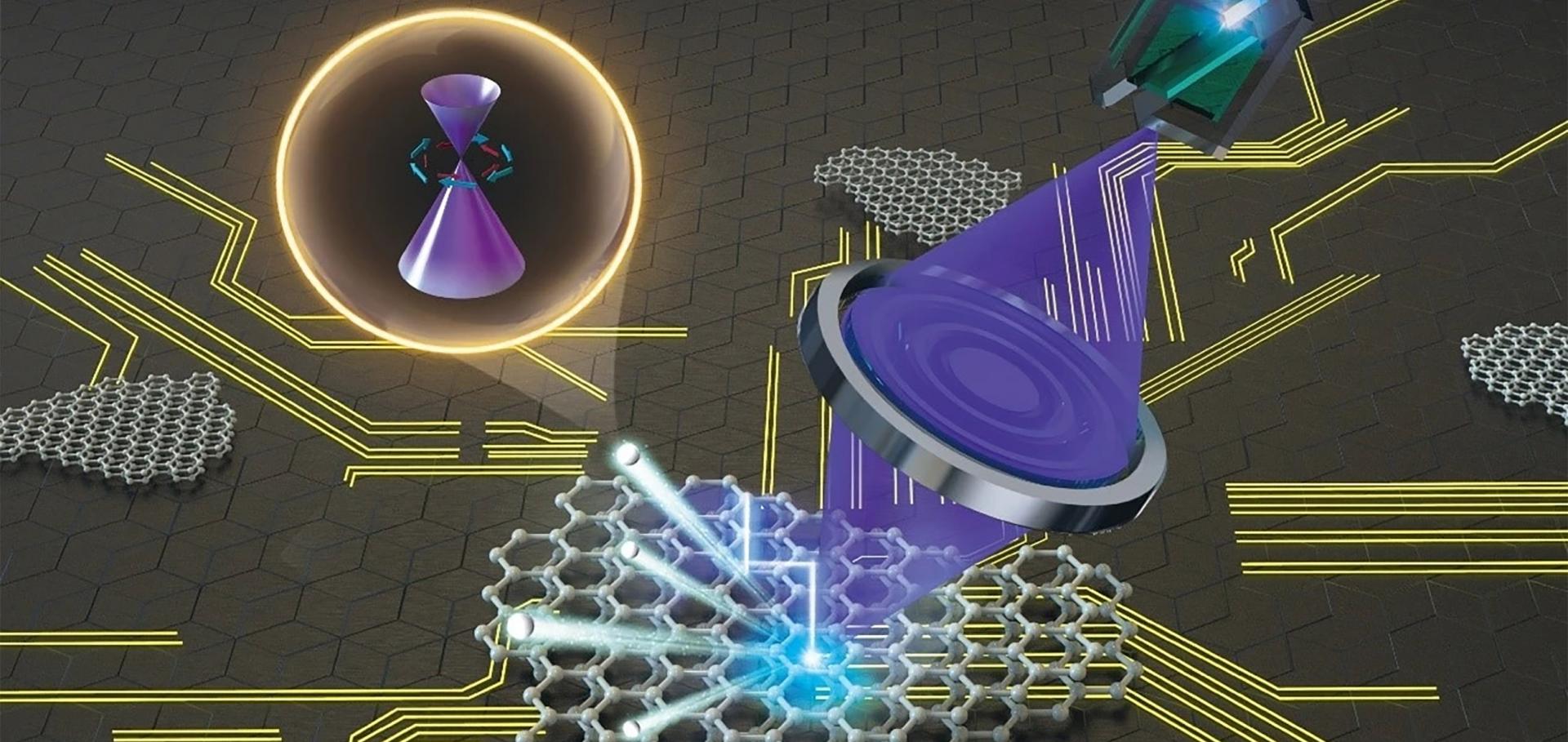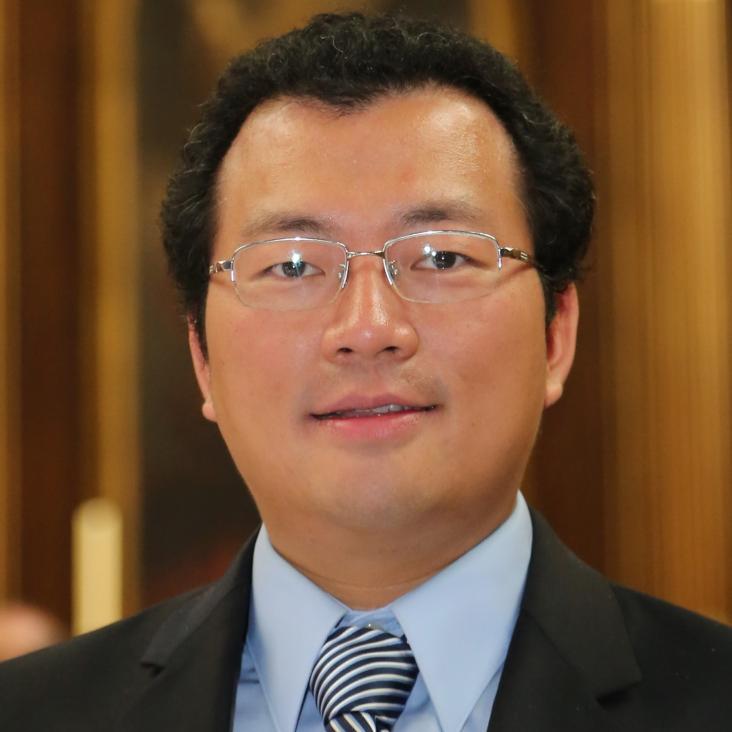Controlling the carriers of topological insulators by bulk and surface doping
Semiconductor Science and Technology 27:12 (2012)
Abstract:
We report a systematic study of bulk and surface chemical doping effects on single Dirac cone topological insulator Bi2Se3 and Bi2Te3. By bulk doping, we were able to achieve full range control of charge carrier types and concentration, with the exact Fermi energy measured by angle-resolved photoemission spectroscopy (ARPES). Due to the unusual robustness of the topological surface state, we further realized the bi-polar control of the surface carriers by gaseous or alkaline surface doping without affecting the topological nature of these materials. The doping progress monitored by in situ ARPES study clearly demonstrated the switching between different carrier types through the Dirac point. The ability to control the carrier types and the concentration of topological insulators will greatly facilitate future applications. © 2012 IOP Publishing Ltd.Controlled synthesis of topological insulator nanoplate arrays on mica
Journal of the American Chemical Society 134:14 (2012) 6132-6135
Abstract:
The orientation- and position-controlled synthesis of single-crystal topological insulator (Bi 2Se 3 and Bi 2Te 3) nanoplate arrays on mica substrates was achieved using van der Waals epitaxy. Individual ultrathin nanoplates with the lateral dimension up to ∼0.1 mm or uniform thickness down to 1-2 nm were produced. Single-Dirac-cone surface states of nanoplate aggregates were confirmed by angle-resolved photoemission spectroscopy measurements. The large-grain-size, single-crystal nanoplate arrays grown on mica can act as facile platforms for a combination of spectroscopy and in situ transport measurements, which may open up new avenues for studying exotic physical phenomena, surface chemical reactions, and modification in topological insulators. © 2012 American Chemical Society.Studies on the electronic structures of three-dimensional topological insulators by angle resolved photoemission spectroscopy
Frontiers of Physics 7:2 (2012) 175-192
Abstract:
Three-dimensional (3D) topological insulators represent a new state of quantum matter with a bulk gap and odd number of relativistic Dirac fermions on the surface. The unusual surface states of topological insulators rise from the nontrivial topology of their electronic structures as a result of strong spin-orbital coupling. In this review, we will briefly introduce the concept of topological insulators and the experimental method that can directly probe their unique electronic structure: angle resolved photoemission spectroscopy (ARPES). A few examples are then presented to demonstrate the unique band structures of different families of topological insulators and the unusual properties of the topological surface states. Finally, we will briefly discuss the future development of topological quantum materials. © 2012 Higher Education Press and Springer-Verlag Berlin Heidelberg.Topological insulator nanostructures for near-infrared transparent flexible electrodes
Nature Chemistry 4:4 (2012) 281-286
Abstract:
Topological insulators are an intriguing class of materials with an insulating bulk state and gapless Dirac-type edge/surface states. Recent theoretical work predicts that few-layer topological insulators are promising candidates for broadband and high-performance optoelectronic devices due to their spin-momentum-locked massless Dirac edge/surface states, which are topologically protected against all time-reversal-invariant perturbations. Here, we present the first experimental demonstration of near-infrared transparent flexible electrodes based on few-layer topological-insulator Bi 2Se 3 nanostructures epitaxially grown on mica substrates by means of van der Waals epitaxy. The large, continuous, Bi 2Se 3-nanosheet transparent electrodes have single Dirac cone surface states, and exhibit sheet resistances as low as ∼330 per square, with a transparency of more than 70% over a wide range of wavelengths. Furthermore, Bi 2Se 3-nanosheet transparent electrodes show high chemical and thermal stabilities as well as excellent mechanical durability, which may lead to novel optoelectronic devices with unique properties. © 2012 Macmillan Publishers Limited. All rights reserved.Emerging coherence with unified energy, temperature, and lifetime scale in heavy fermion YbRh2Si2
PHYSICAL REVIEW B 85:24 (2012) ARTN 241103


